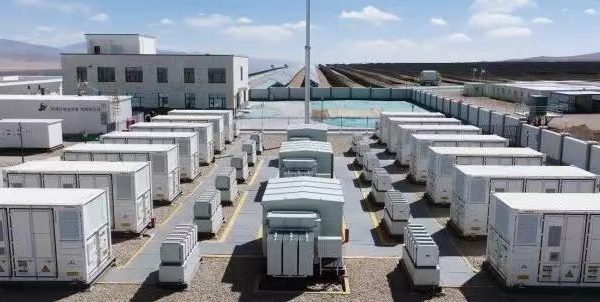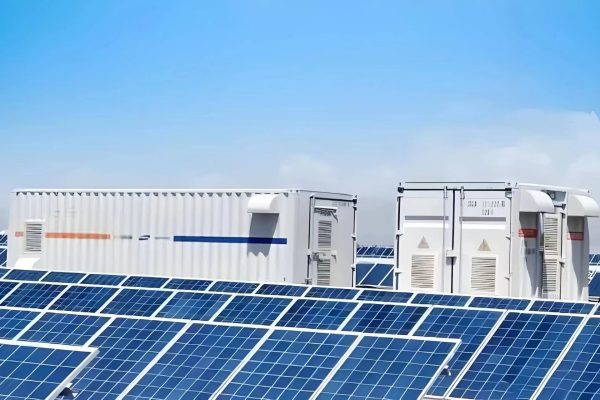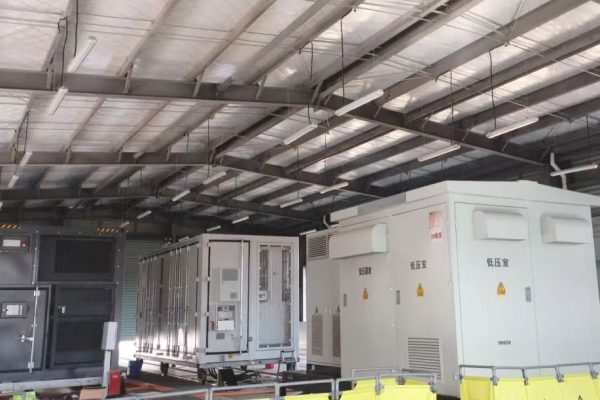How to Build Trust and Prevent Conflicts in Energy Storage Projects
🔍 Why Expectation Management Matters
In the solar + energy storage industry, even great products can lead to frustrated customers if expectations are not set correctly. Whether you’re an exporter, EPC, or local installer, managing key issues like:
- Delivery lead times
- Technical support response
- Failure rates and replacement processes
… is crucial for maintaining long-term trust and repeat business.
This article explores how to proactively manage expectations in these three areas — especially when working with overseas partners or budget-conscious end users.
🚛 1. Delivery Time: Avoiding the Surprise Factor
Delays are one of the most common sources of conflict in solar + ESS projects. But most delays aren’t fatal — they become painful only when clients feel uninformed.
✅ Best Practices:
- Quote delivery windows, not fixed dates Ex: “Estimated lead time: 4–6 weeks EXW, depending on battery production queue.”
- Break it into stages:
- Factory lead time (in days)
- Container loading
- Transit time (port to port)
- Customs clearance
- Last-mile delivery
- Send pre-shipment photos and documents It builds transparency and gives clients confidence even if actual delivery is still weeks away.
- Communicate proactively if anything changes Silence kills trust. Even small updates help: “Factory just confirmed packing date is pushed by 3 days due to cell supply delay.”
🧰 2. Technical Support: Define What’s Reasonable
Clients — especially first-time ESS users — may expect instant technical support or even free on-site help. This becomes a problem if not clarified upfront.
✅ Tips to Manage Expectations:
- Include a support scope sheet with every quotation:
- Remote support hours
- Platforms (WeChat, Zoom, WhatsApp, etc.)
- Response time commitment (e.g., <24h on weekdays)
- Languages available
- Support level: configuration help vs. on-site diagnosis
- Clarify responsibilities in integration projects: If you’re only providing the battery, let the client know that inverter-side config is outside your scope unless contracted separately.
- Offer optional service packages: E.g., paid commissioning support, training sessions, or extended warranty hotline
- Create FAQ documents: This reduces support load and empowers the installer. Example topics:
- CAN protocol setting for BMS
- Hybrid inverter battery menu setup
- Alarm code explanation
⚠️ 3. Failure Rate: Be Honest and Prepared
No product is 100% failure-free. Even with top-quality components, clients should understand:
- What is a typical failure rate? (e.g., <1% over 3 years)
- What are the common failure types? (e.g., communication board, fan, cell balancing)
- How will warranty claims be handled?
✅ Set Expectations Clearly:
- Always specify warranty terms in writing:
- Duration (years + cycles if battery)
- Exclusions (e.g., surge damage, wiring error)
- RMA process: photos, logs, return policy
- Keep spares in key markets If you sell regularly to one country, having a few inverters, BMS units, or power modules available can reduce wait time and customer frustration.
- Be transparent about troubleshooting timelines “Remote diagnosis typically takes 1–2 working days. Replacement shipping will follow based on your warranty tier.”
- Log all failure cases internally This helps you detect patterns and proactively update clients if firmware or hardware improvements become available.
📋 Sample Expectation Sheet (Client Version)
| Item | What Client Should Know |
|---|---|
| Delivery Lead Time | 30–45 days EXW (based on battery model) |
| Support Response | Remote reply within 24h, Mon–Fri |
| Warranty | 5 years or 6000 cycles, whichever comes first |
| Failure Rate | <0.5% based on 3-year field data |
| Commissioning Help | Optional, remote only unless contracted |
| Language Support | English, Chinese (Spanish optional) |
🤝 Final Thoughts: Trust Through Clarity
Energy projects are long-term. Whether you’re selling a 5kW home ESS or a 500kWh C&I system, the customer relationship matters as much as the hardware.
Being upfront about what’s included, what’s not, and how you handle issues shows maturity and professionalism — and sets you apart from low-trust suppliers.
💡 Pro Tip: Clients don’t expect perfection — but they do expect communication. A fast answer to a small problem is more valuable than a slow solution to a big one.









